How to Develop a Fitness App With AI Features That Stands Out in 2025
Want to build a fitness app for your gym business? Know the fitness app development and Ai features to be integrated in your fitness app to make it stand out in 2025.
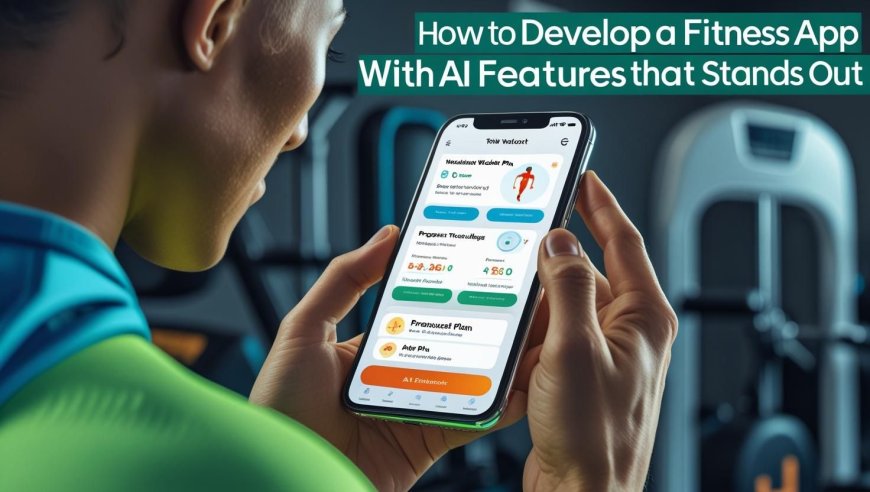
In the fast-growing fitness app industry, AI-powered solutions are at the forefront of revolutionizing personalized experiences. For those planning to create a fitness app in 2025, incorporating artificial intelligence (AI) is no longer a choice but a necessity for distinguishing yourself in a crowded market. However, crafting an app that effectively utilizes AI while also capturing users' interest and loyalty may seem daunting. Fortunately, this manual guides you through each step of fitness app development, including identifying crucial features and ensuring your app becomes a leader in the market.
Why AI is Causing a Revolution in the World of Fitness Applications?
AI is revolutionizing fitness apps through customized solutions and enhanced user involvement. Unlike standard fitness apps, AI-driven fitness apps cater to an individual's specific requirements at the moment. From monitoring progress and suggesting workouts to providing dietary guidance, AI guarantees a superior and more engaging experience.
In the next five years, consumers anticipate apps that can comprehend their routines, anticipate their requirements, and provide immediate remedies. Consider the capability of artificial intelligence to assess data from wearable devices as an example. It can examine patterns in heart rate, recovery times, and step counts to generate personalized exercise plans, differentiating your app from others in the market.
Key AI Features for Fitness Apps in 2025
To create a standout AI-based fitness app, prioritize the incorporation of these vital features:
Tailored Fitness Workout Plans
Using AI algorithms, customized workout plans can be created based on factors such as the user's age, fitness level, preferences, and goals. These personalized regimens will adjust accordingly as users reach milestones or encounter obstacles, guaranteeing that their individual needs are continuously addressed.
Real-Time Feedback
AI excels in real-time analysis of form and posture. Utilizing motion-tracking technology or device sensors, instant corrections can be offered through apps, reducing the chances of injury and enhancing outcomes.
Health Monitoring and Insights
By utilizing wearable technology, fitness apps are able to provide users with valuable health information, including heart rate, oxygen saturation levels, and sleep quality. This data is then analyzed by AI systems to anticipate potential health concerns or make recommendations for recovery techniques.
AI Chatbots for Coaching and Support
By utilizing AI technology, chatbots act as virtual trainers that can provide a range of support, such as answering inquiries, offering motivation, and leading meditation sessions. With their round-the-clock availability, these digital assistants enhance the usefulness and appeal of your app.
Social and Gamification Features
Implementing AI in conjunction with gamification enhances user involvement by tailoring leaderboards and recommending challenges according to personal advancement. This combination effectively maintains user drive and fosters a sense of connection within the broader community.
Steps to Develop a Fitness App With AI
To develop a thriving AI fitness application, thorough preparation, and implementation are crucial. Here is a detailed guide:
Step One: Research the Market and Define Your Niche
Begin by researching current fitness applications to discover their effective and ineffective features. Analyze the specific issues that your intended audience may face, such as fluctuating motivation or absence of individualized assistance, and develop an AI-based solution.
Step Two: Design an Engaging User Experience (UI/UX)
The importance of a user-friendly design cannot be overstated. Collaborate with designers to develop a sleek and easy-to-use interface that effectively highlights the essential AI features. It may also be beneficial to incorporate voice assistance, especially for fitness enthusiasts in the midst of their workouts.
Step Three: Develop Core Features
Enlist a group of experienced developers to transform your ideas into reality. Employ advanced AI platforms such as TensorFlow or PyTorch for creating dynamic machine learning algorithms for data analysis and personalized recommendations. Guarantee seamless compatibility with leading wearable technology.
Step Four: Test for Performance and Accuracy
Thorough testing is crucial, particularly when it comes to AI capabilities. It is important to verify that the app functions effectively in various situations and delivers precise feedback. Conducting beta testing with a focus group can provide valuable insights for fine-tuning features prior to release.
Step Five: Launch and Market Strategically
To promote your app effectively, strategically plan a launch that generates excitement. Utilize your marketing materials to showcase unique AI capabilities, like customized workout plans and live posture correction. Focus on targeting trends and specific demographics that will find value in your app.
Conclusion
Creating a standout AI fitness app in 2025 requires a combination of cutting-edge technology, well-thought-out design, a deep understanding of your target audience and a reliable fitness app development service company. By prioritizing customized experiences, immediate feedback, and health tracking, you can offer an exceptional app. Strategic planning can result in your AI fitness app becoming a revolutionary addition to the wellness market.
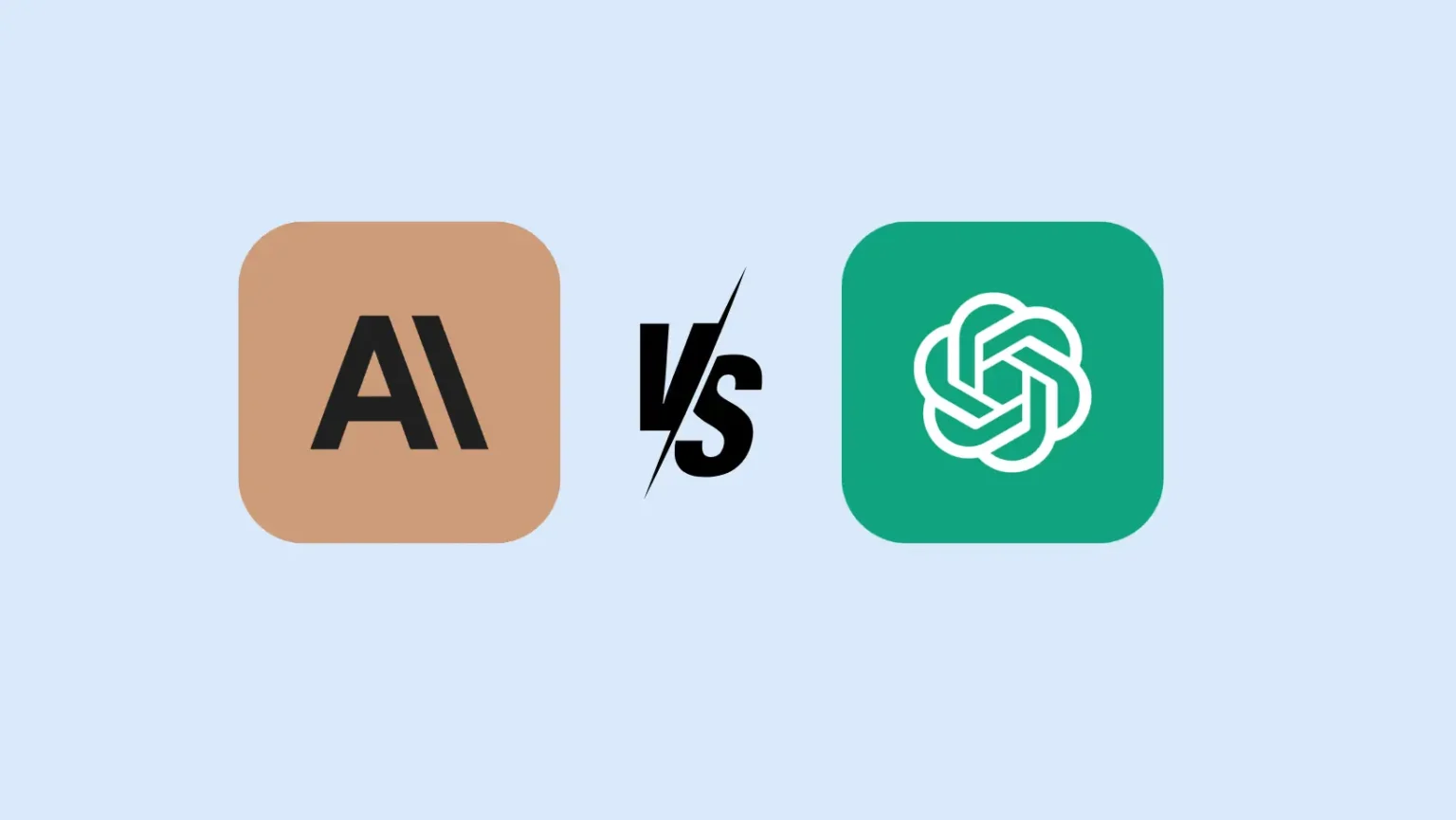



























































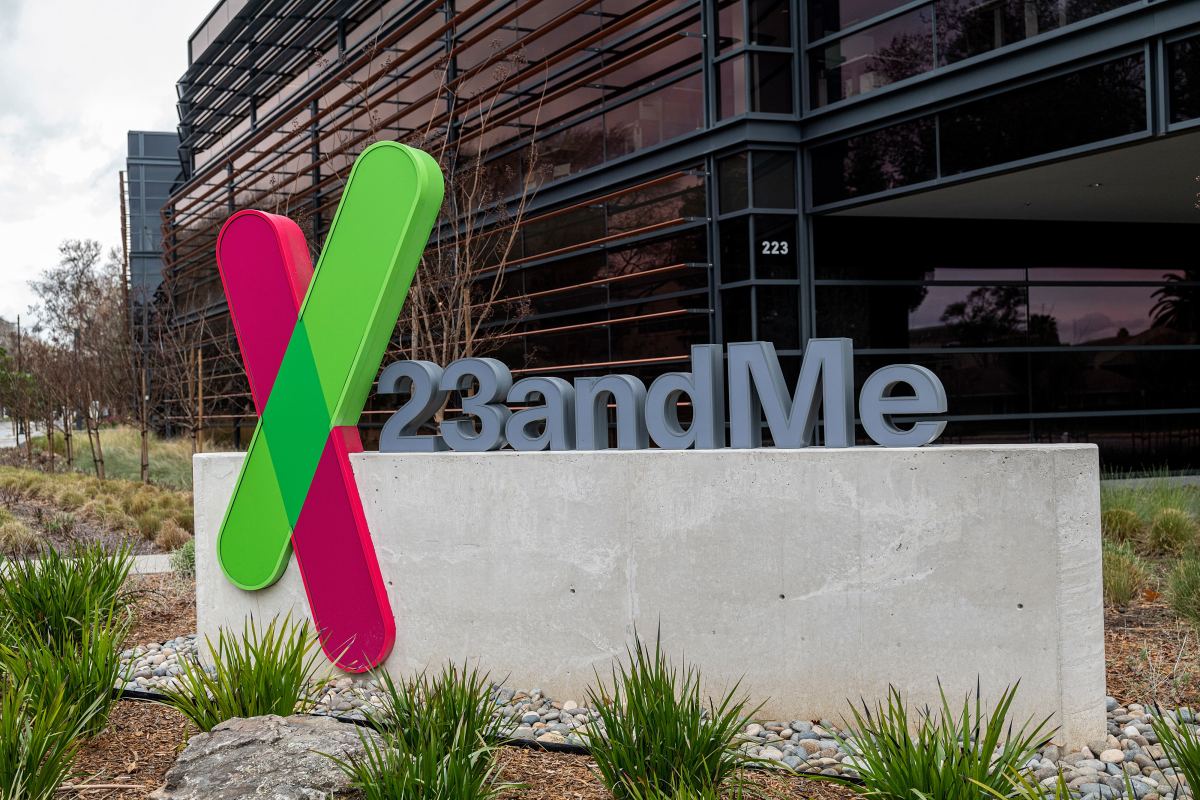



















































































































![[The AI Show Episode 152]: ChatGPT Connectors, AI-Human Relationships, New AI Job Data, OpenAI Court-Ordered to Keep ChatGPT Logs & WPP’s Large Marketing Model](https://www.marketingaiinstitute.com/hubfs/ep%20152%20cover.png)



































































































































































































































































_Alexander-Yakimov_Alamy.jpg?width=1280&auto=webp&quality=80&disable=upscale#)
_Zoonar_GmbH_Alamy.jpg?width=1280&auto=webp&quality=80&disable=upscale#)


















































































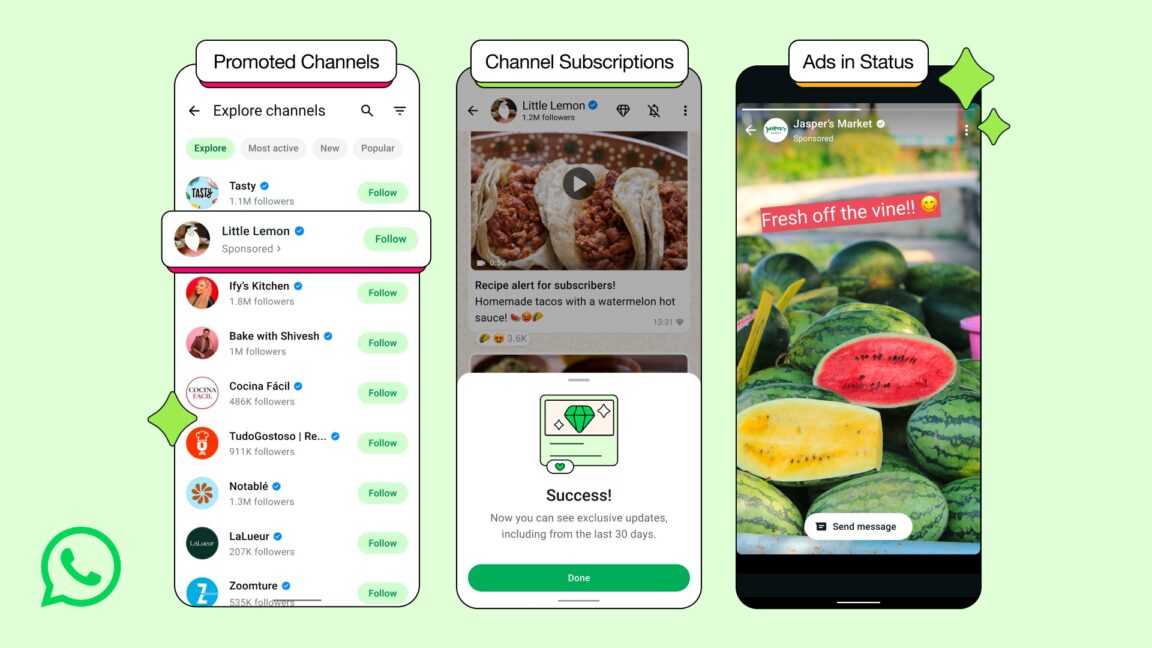




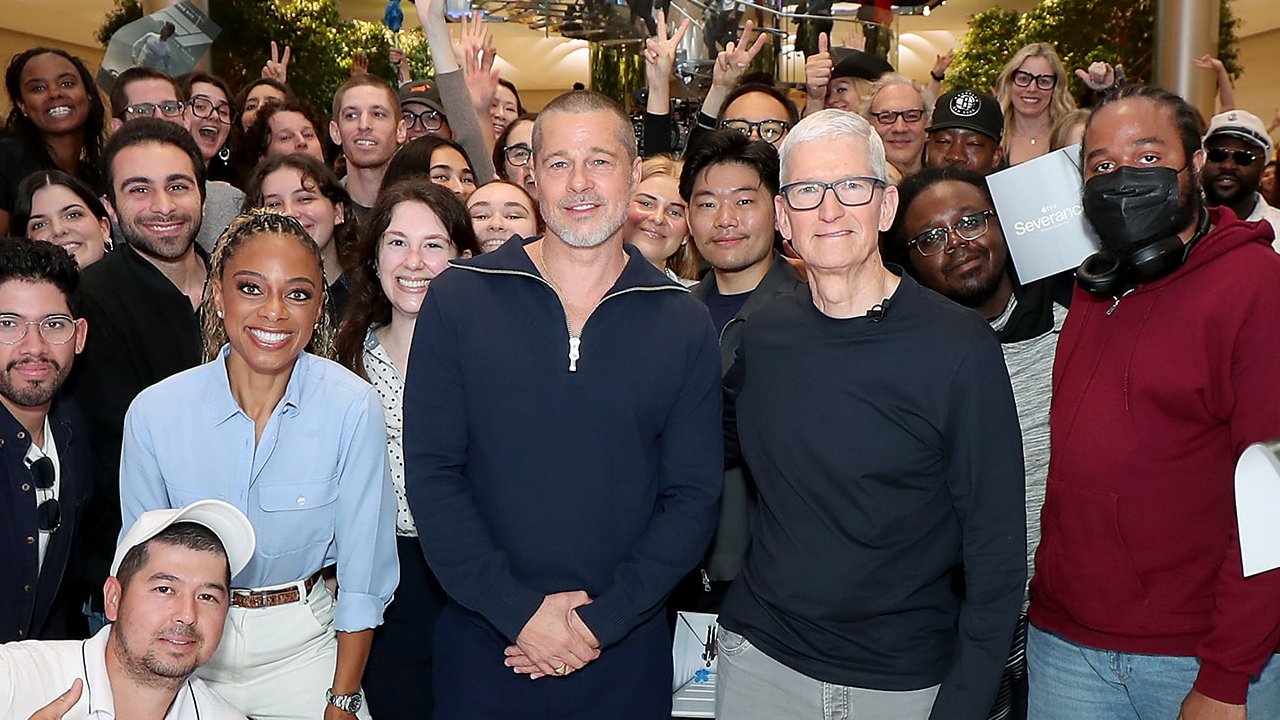

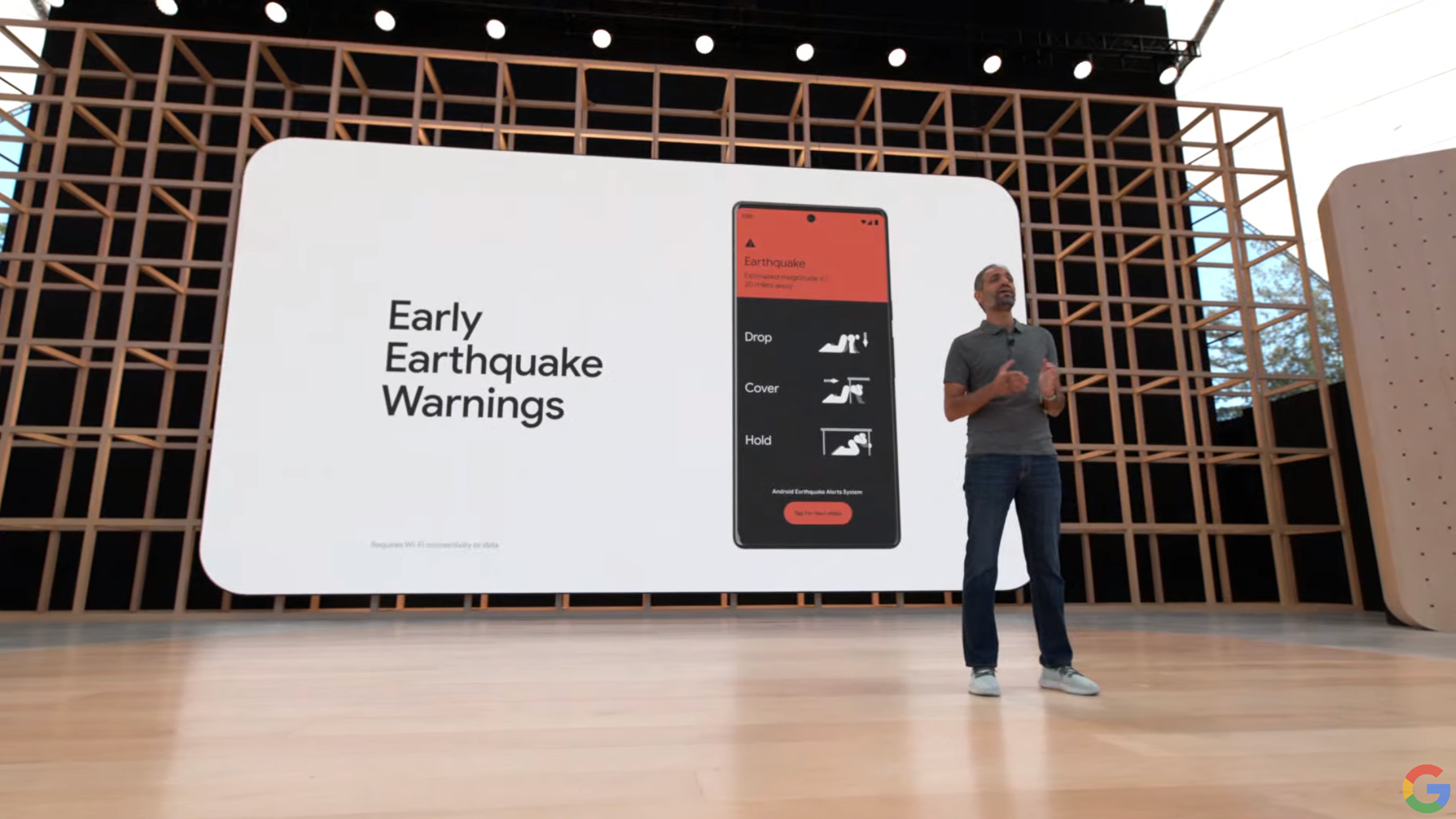
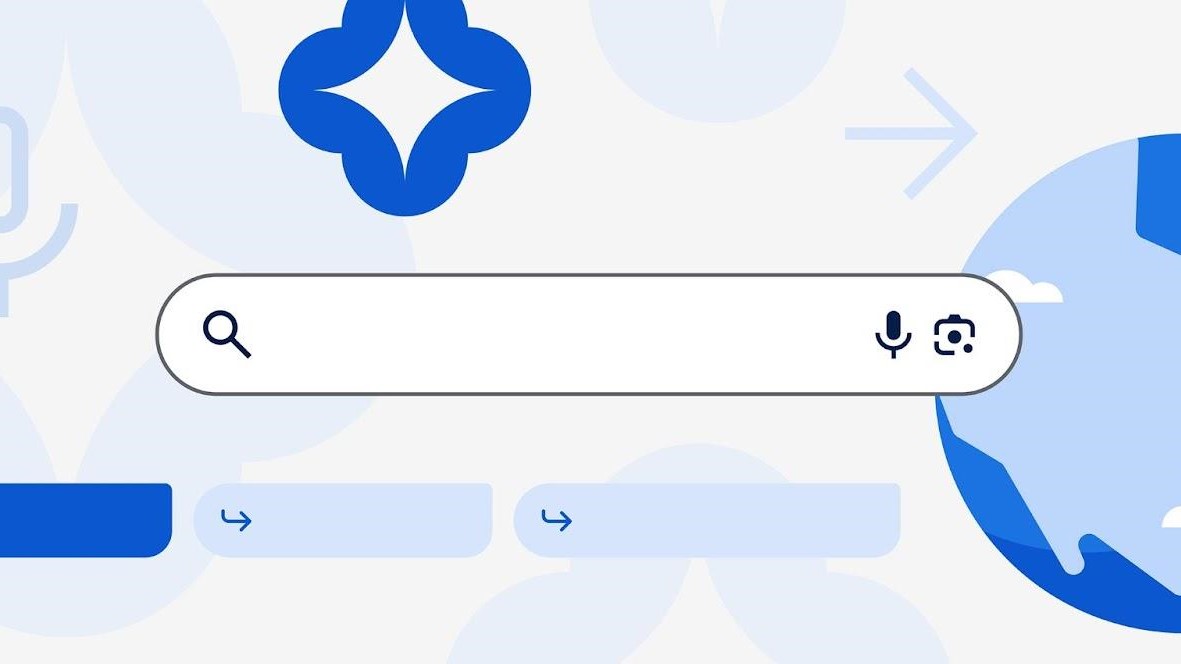
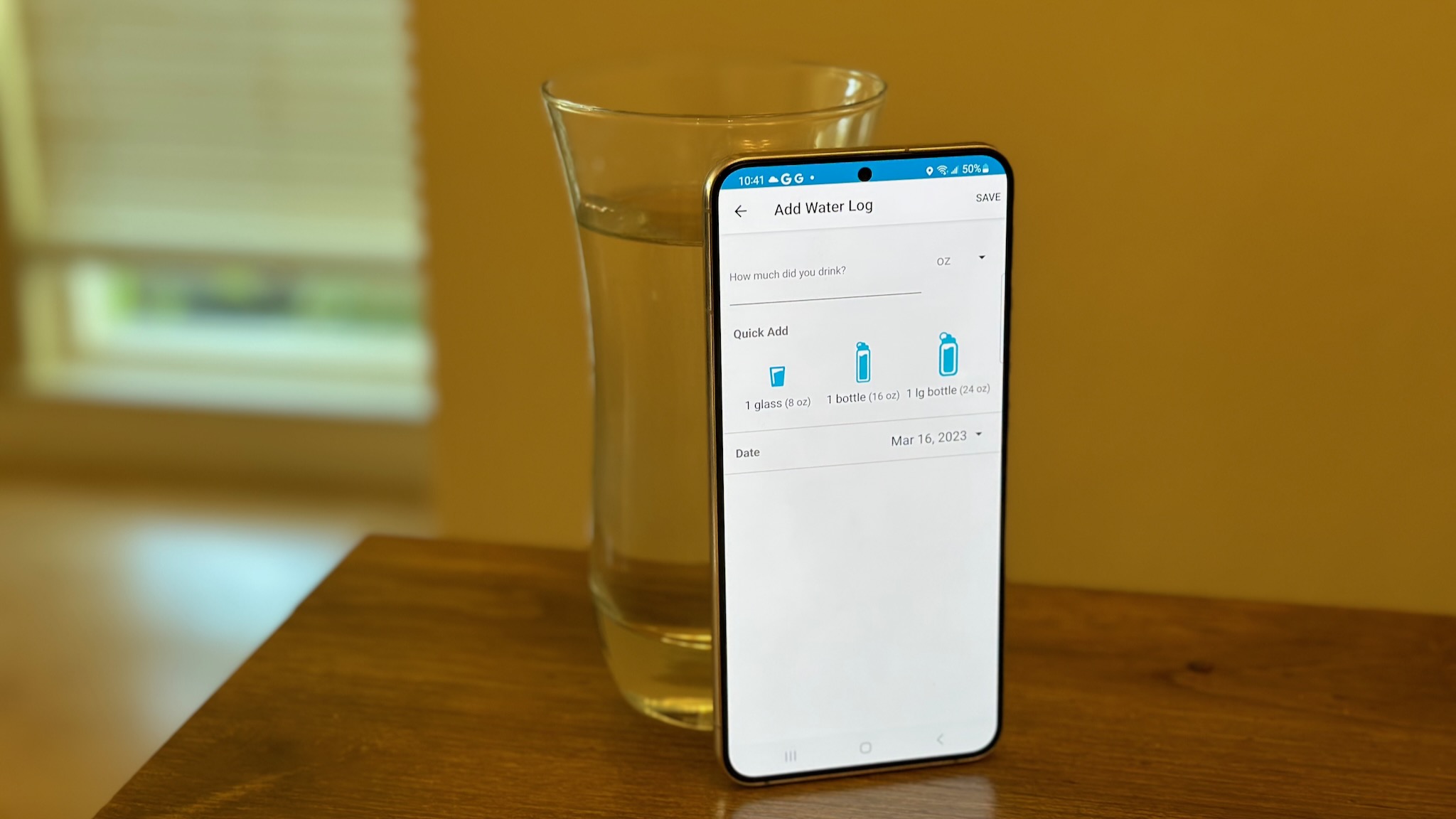





![Meta AI app ‘a privacy disaster’ as chats unknowingly made public [U: Warning added]](https://i0.wp.com/9to5mac.com/wp-content/uploads/sites/6/2025/06/Meta-AI-app-a-privacy-disaster-as-chats-inadvertently-made-public.jpg?resize=1200%2C628&quality=82&strip=all&ssl=1)

![OnePlus Pad Lite officially teased just as its specs leak [Gallery]](https://i0.wp.com/9to5google.com/wp-content/uploads/sites/4/2025/06/oneplus-nord-pad-lite-lineup-1.jpg?resize=1200%2C628&quality=82&strip=all&ssl=1)














![AirPods Pro 3 Not Launching Until 2026 [Pu]](https://www.iclarified.com/images/news/97620/97620/97620-640.jpg)
![Apple Releases First Beta of iOS 18.6 and iPadOS 18.6 to Developers [Download]](https://www.iclarified.com/images/news/97626/97626/97626-640.jpg)
![Apple Seeds watchOS 11.6 Beta to Developers [Download]](https://www.iclarified.com/images/news/97627/97627/97627-640.jpg)
![Apple Seeds tvOS 18.6 Beta to Developers [Download]](https://www.iclarified.com/images/news/97628/97628/97628-640.jpg)

















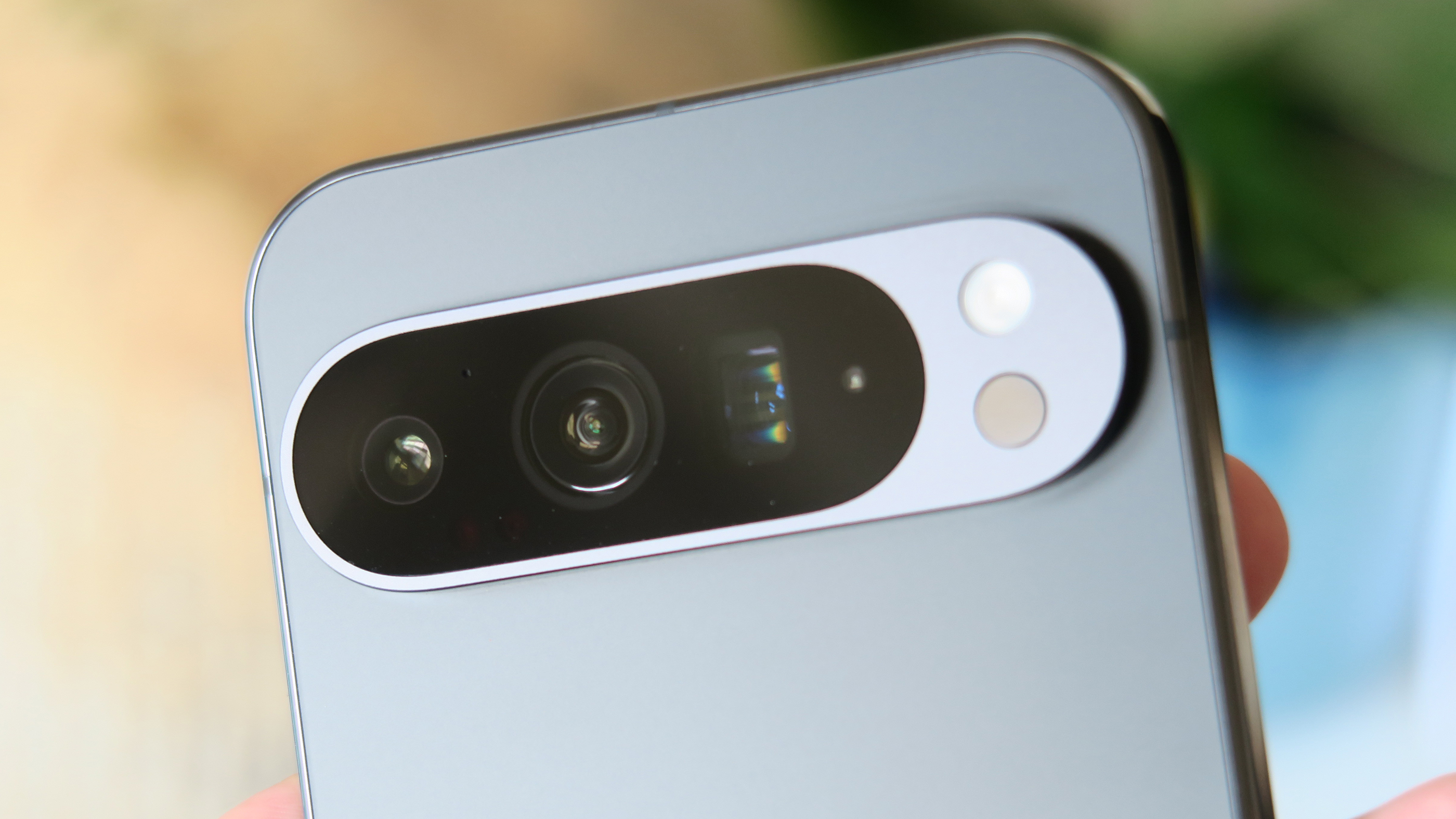

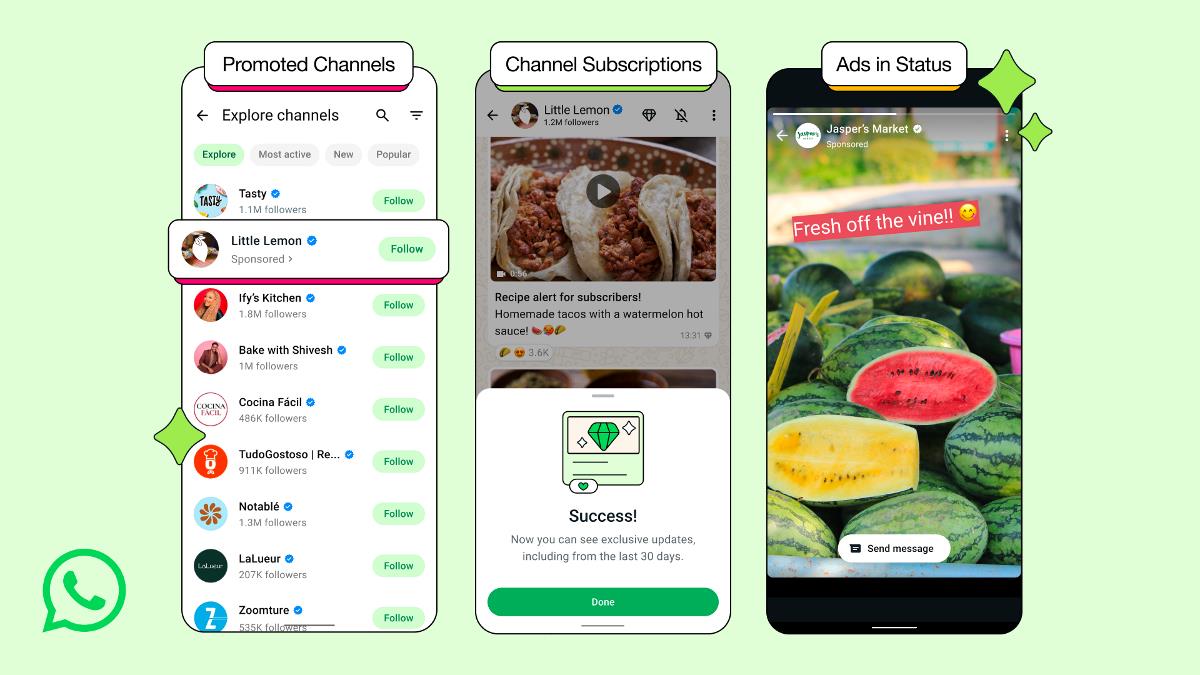
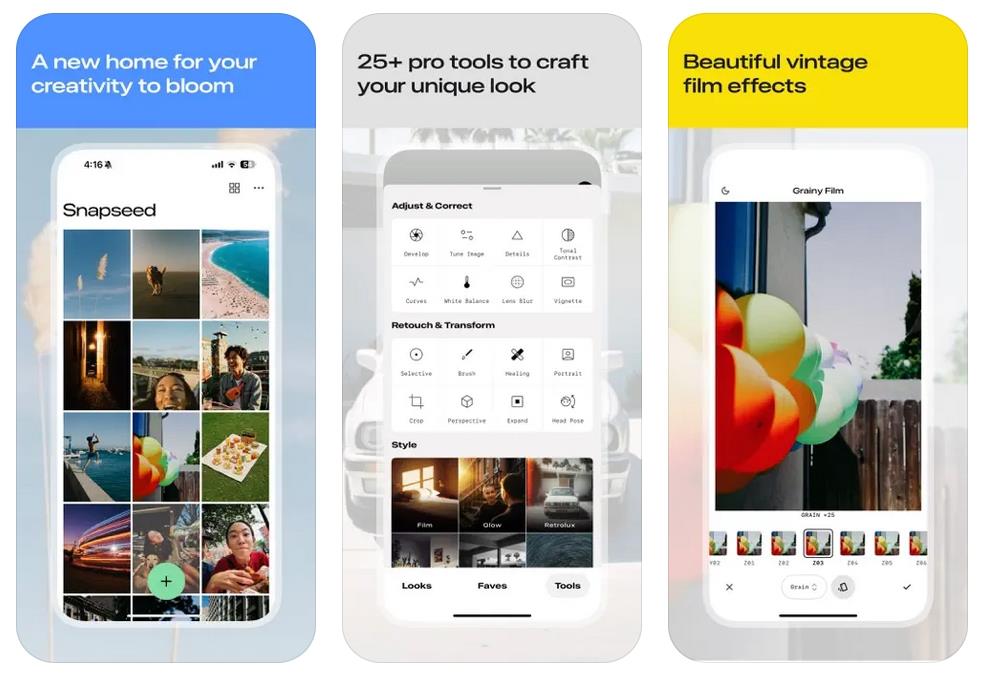

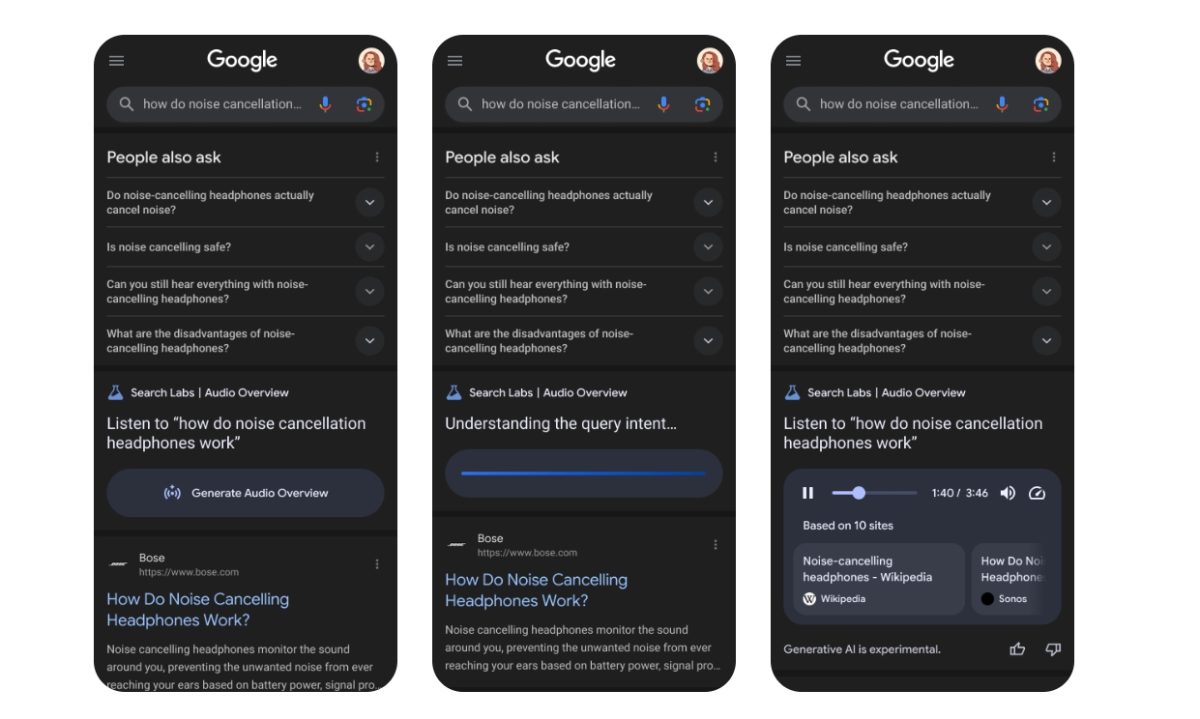
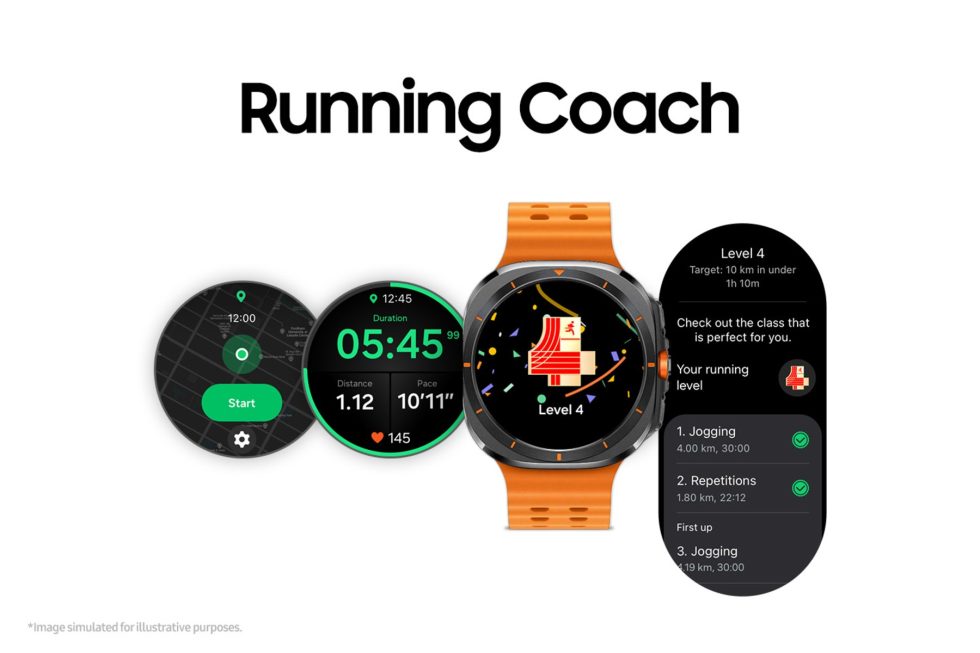

























![Nothing Phone (3) may debut with a "flagship" chip – just not the flagship-est one [UPDATED]](https://m-cdn.phonearena.com/images/article/171412-two/Nothing-Phone-3-may-debut-with-a-flagship-chip--just-not-the-flagship-est-one-UPDATED.jpg?#)














